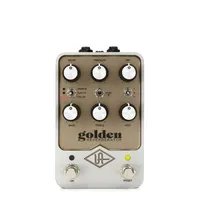MusicRadar Verdict
This is an insanely powerful reverb pedal that is perfectly at home with guitar staples such as spring, room, hall, and cathedral, as it is with modern ‘verbs like shimmer, repeater, and infinite sustain. It’s more pedalboard-friendly compared to its big brother, and we’d argue more usable for the majority of guitarists.
Pros
- +
There are no bad sounds in this pedal
- +
Compact and pedalboard friendly
- +
Plenty of tweakability
- +
Very well built
Cons
- -
The icons could be easier to read
- -
Can’t save presets
MusicRadar's got your back
Name: What is it?
If you're a fan of all-encompassing reverb pedals that can transport your guitar into an ambient dreamscape, you've likely encountered the Greece pedal-makers, Crazy Tube Circuits, and the beloved Mirage. That pedal utilised dual independent reverb engines to produce everything from standard studio reverb to shimmering, modulated sounds and infinite sustain. However, its extensive features might be overwhelming for some players who prefer a slightly simpler approach to spatial effects.
Enter the Mirage Jr. Don’t let its compact size deceive you; this powerful reverb pedal offers an impressive range of capabilities. At its core, the Mirage Jr is a streamlined version of its bigger, more boisterous brother, boasting just a single mono reverb engine while still providing an array of sonic possibilities.
Equipped with an astounding 16 different algorithms, the Mirage Jr is organised into two banks. The first comprises standard studio reverb sounds, while the second delves into more experimental ambient effects.
The pedal features four dedicated knobs alongside two additional expression controls that enable real-time manipulation during performance - and the innovative XF footswitch allows you to dynamically adjust the Swell or Excite parameters, depending on the selected mode.
Streamlining features of the original Mirage not only makes this option a lot more pedalboard-friendly, but we're hoping it transforms the user experience into something more intuitive and accessible. It all sounds great on paper, but how does it stack up in practice? Well, let's find out.
Specs
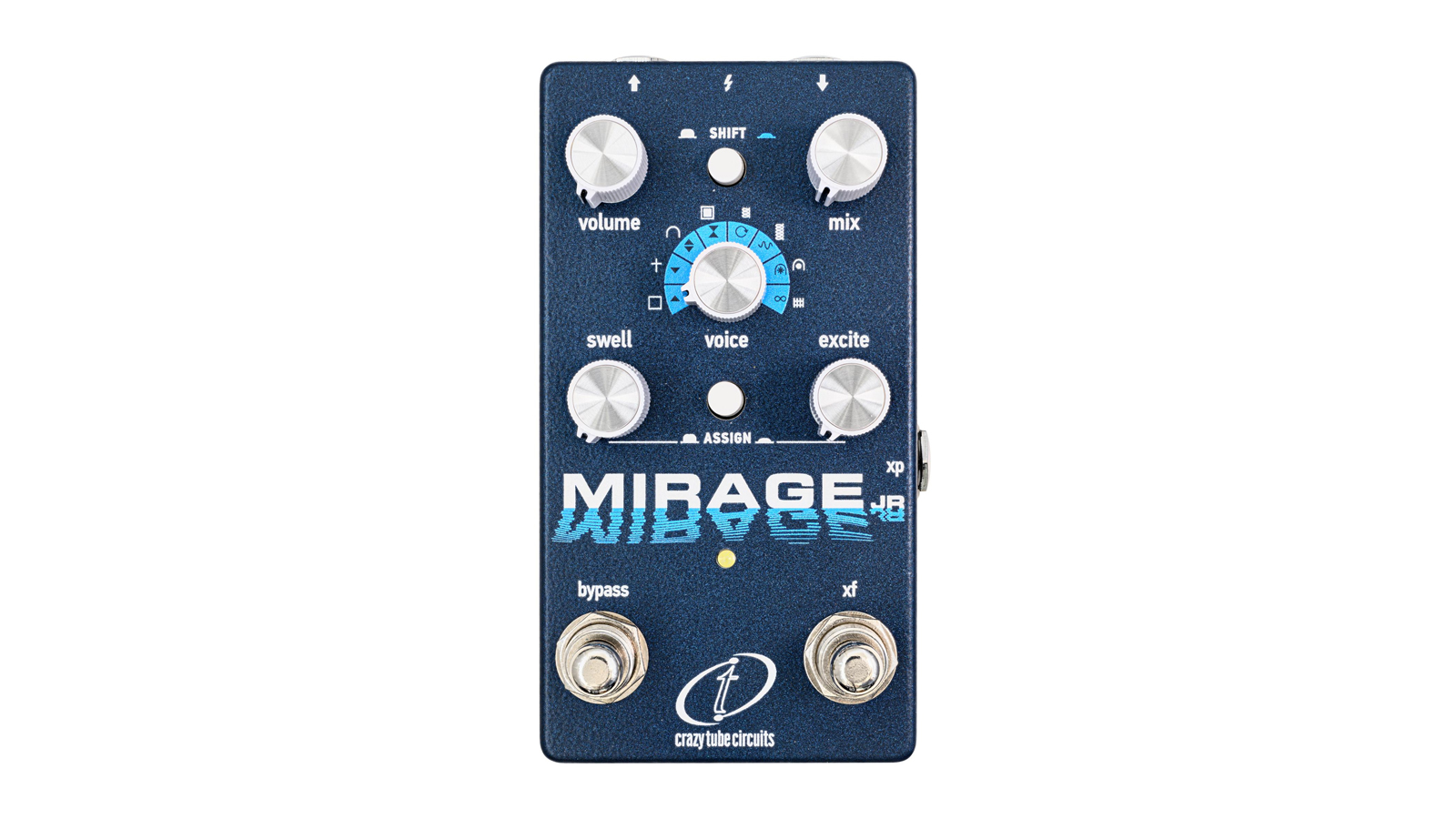
- Launch price: $249/£194/€229
- Type: Reverb
- Controls: Mix, Volume, Swell, Excite, Voice knobs; Shift switch for preset selection; Assign switch for expression control
- Features: 16 reverb types split into vintage/classic and ambient/experimental bank
- Connectivity: Input: 1/4” jack, Output: 1/4” jack, Expression Pedal Input: 1/4” jack
- Bypass: True/Buffered Bypass
- Power: 9V DC, centre negative, 115 mA
- Dimensions: 124 x 69 x 58 mm
- Weight: 337 grams
- Options: N/A
- Contact: Crazy Tube Circuits
Build quality
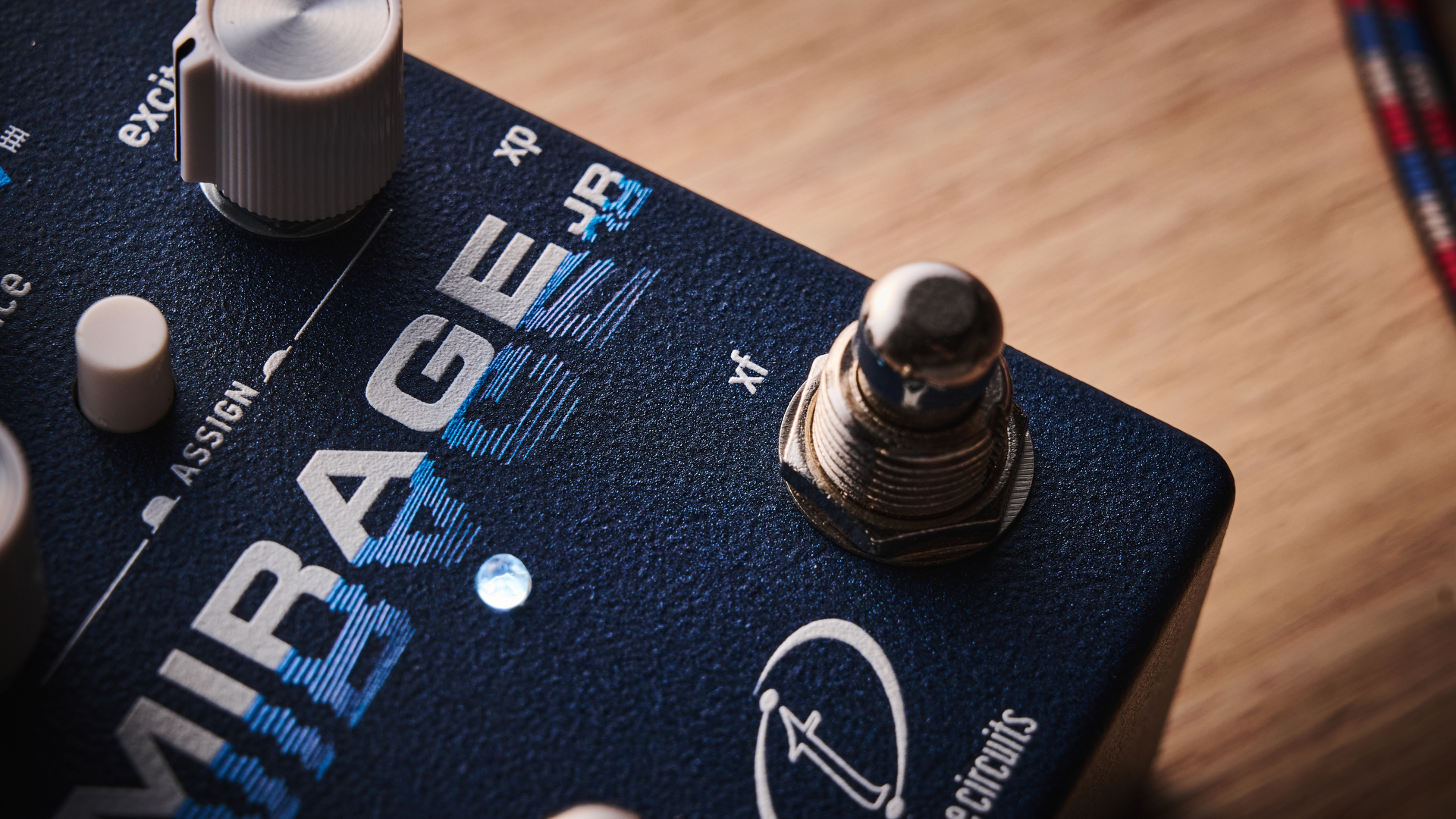
Build quality rating: ★★★★★
When unboxing this compact stomp, the first thought that floods my mind is “premium.” Seriously, the weighty die-cast chassis gives it a solid feel that screams boutique. Holding it in my hand, even before I think about adding it to my testing pedalboard, I can practically sense the craftsmanship oozing from it.
Want all the hottest music and gear news, reviews, deals, features and more, direct to your inbox? Sign up here.
There’s something incredibly satisfying about receiving a review pedal that just exudes durability from the get-go. You can bet I wouldn’t think twice about slapping the Mirage JR on my pedalboard and hitting the road for a tour. It feels as if it could easily survive being stomped on during a cramped set and tossed around in a tour van.
I must say, I quite like the minimal design, too. Okay, so it may not be as eye-catching as some of its competitors, but I admire the simplistic approach to its aesthetic. The navy blue colourway is attractive enough, and the white and silver dials look clean and classy, in my opinion.
Moving on to the controls, and thankfully, everything is as it should be on a stomp at this price point. The soft switches practically invite you to dance on them, providing a smooth, responsive feel that makes toggling the effect on and off during a performance feel effortless. Each of the four controls feels tactile to operate, with a stiff feel that means you can make very slight adjustments very easily indeed.
Usability
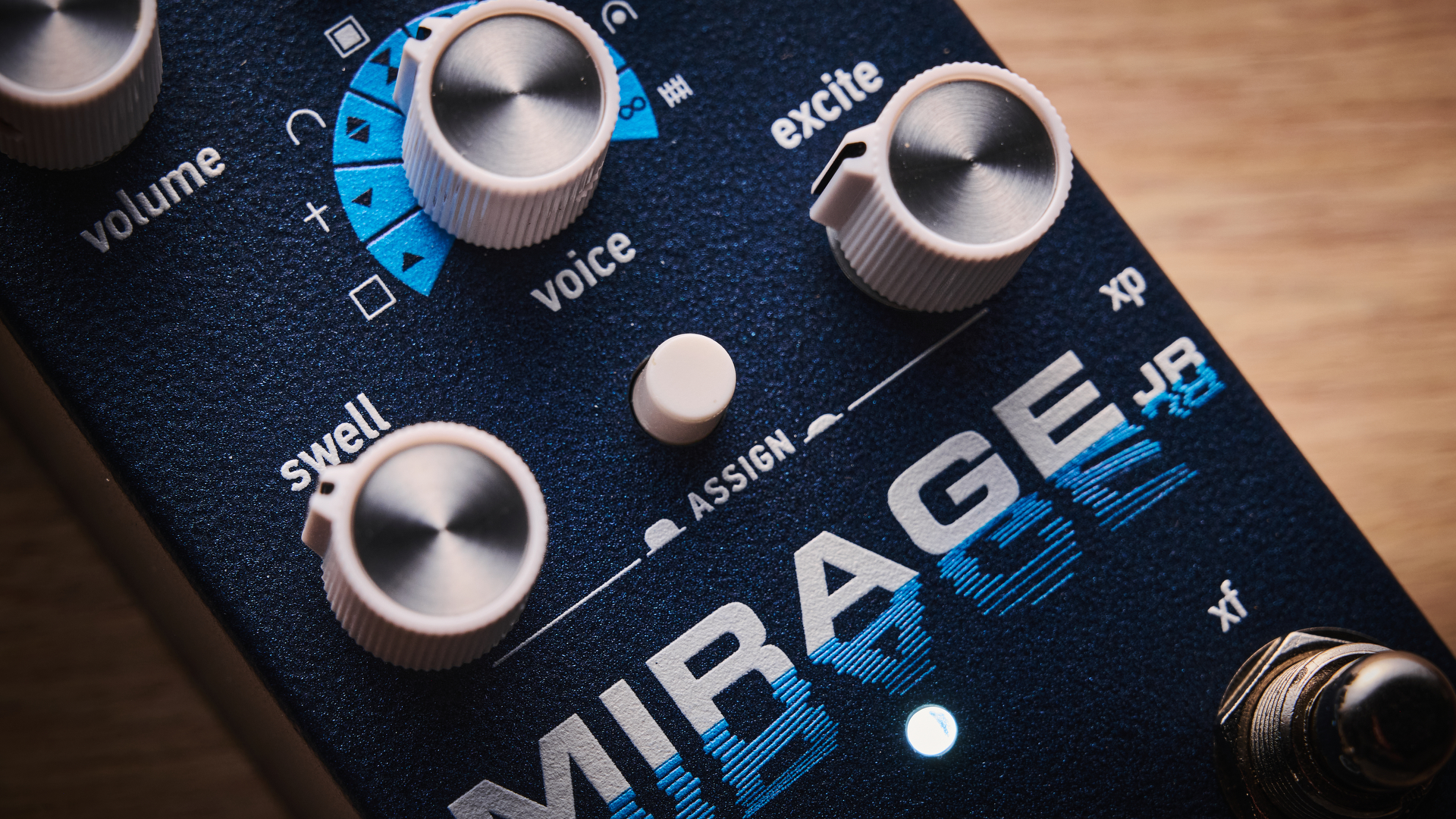
Usability rating: ★★★★
The layout is clean, making it easy to jump right in and start playing without much hassle
Now, when it comes to usability, I’d say the Mirage JR presents a straightforward experience that’s largely intuitive, for the most part. The layout is straightforward, making it easy to jump right in and start playing without much hassle. The Volume and Mix controls are self-explanatory, and while Swell and Excite aren't immediately obvious straightaway, some simple tinkering and I get to grips with it pretty quickly.
Basically, Swell works as a depth control, adjusting the length or size of the reverb effect, while the Excite function changes depending on the reverb mode selected. For example, on the Cathedral setting, it adjusts the overall brightness of the verb, while on the Shimmer settings, it can be used to adjust the mix of the octave.
Now, I must say, I did find the main Voice selection knob a bit less clear than I would prefer. The graphics could use a touch of enhancement; they’re not the most obvious indicators, and if you’re not careful, you might find yourself a little lost, especially when switching between the experimental modes. I totally understand why the names of the modes aren't printed on the pedal when space is this limited, but a little "cheat sheet" card could be very useful in the box instead of the large manual.
That said, having the manual nearby is definitely a good idea during those initial jam sessions. Trust me, it won’t take long before you grasp the reverb mode layout, but until then, some frequent glances at the manual might just save you a bit of confusion.
Once you get past that learning curve, operating the pedal becomes a breeze, allowing you to focus on your playing rather than wrestling with the settings. Overall, it’s a solid experience; just a little more clarity would make it stellar right out of the gate.
Sounds
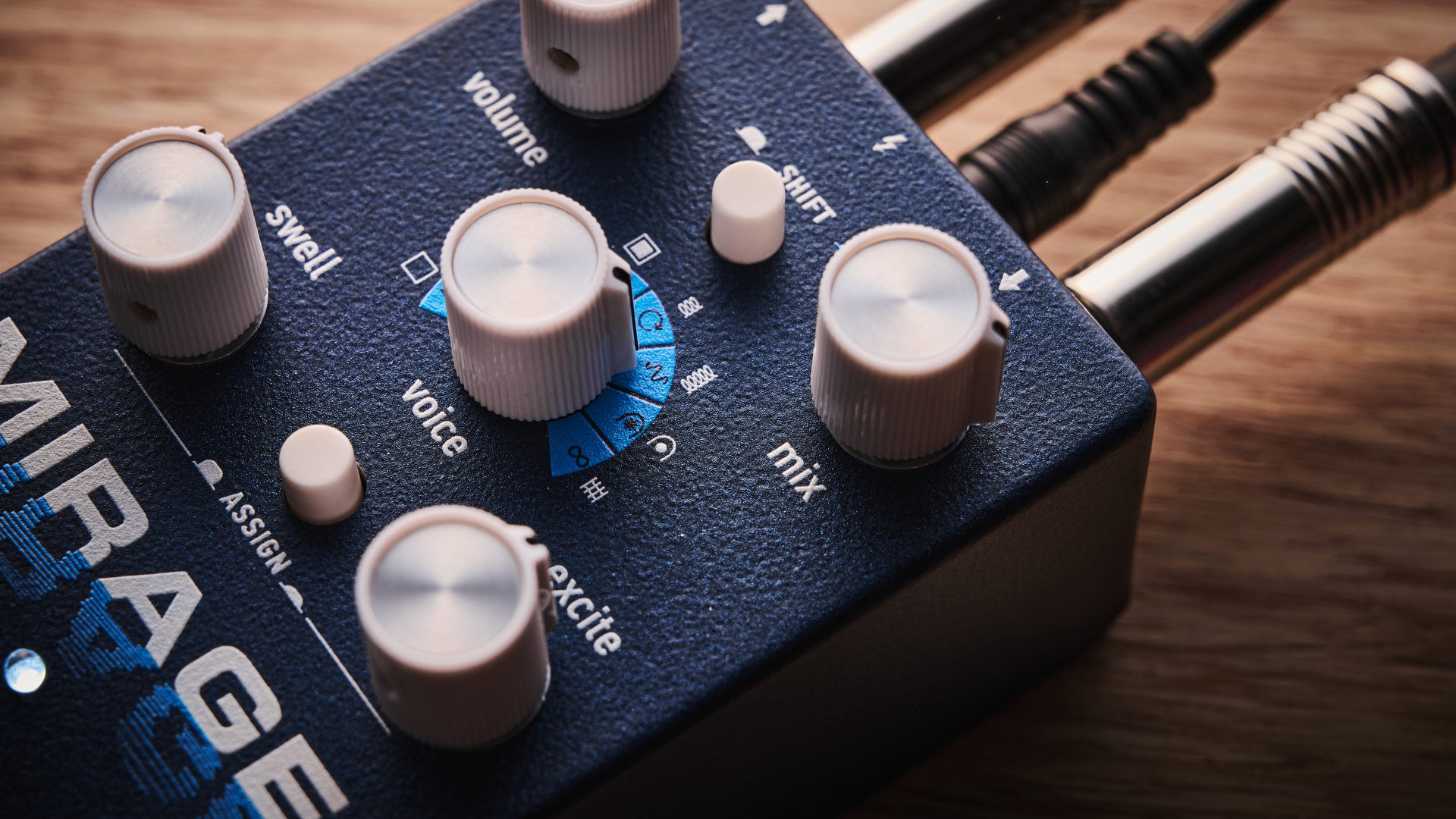
Sounds rating: ★★★★★
When it comes to sound, I'm convinced there isn’t a bad tone in this pedal. Yes, it’s a bold statement, but I genuinely believe that all 16 of the 'verbs onboard each have their unique charm. Sure, there might be some settings I don’t reach for all that often, but I can totally see how others could harness their magic to create something truly special.
For my testing, I'm using an AVRI Fender Jazzmaster paired with a Fender Blues Jr., and I'm pleasantly surprised by how expansive it makes my little amp sound.
First, I dive into the Springier setting, which mimics the lush, prolonged reverberation of external spring reverb units often found in studios. Suddenly, that single 12-inch speaker sounds wider and deeper than ever before - almost as if I'm running a duo of Twin Reverbs! The moment I hit the "xf" footswitch, I'm able to play with the reverb's tone and splash, creating dramatic punctuation at the end of phrases - a lot of fun, for sure.
If I had to crown a favourite, it would undoubtedly be the Inchindown setting. This is inspired by the Scottish oil tanks, boasting the longest human-made reverb known to man. The tone is metallic, haunting, and simply massive. It wraps everything in a rich, atmospheric verb that is surprisingly musical. You can’t help but feel like you’re performing in an expansive, echo-filled space, which is nothing short of exhilarating, especially for those of us eager to push our sound into new realms.
A quick press of the Shift button takes you into the realm of modern 'verbs, where you’ll discover settings like Shimmer - both up and down - along with Infinite, which captures and holds a reverb loop indefinitely, and Frozen Hall, which starts as a classic hall until you crank the decay to max and freeze it into endless sustain. But let me tell you, one standout setting I simply couldn’t resist was the modulated reverb; it adds a lush texture that’s hard to beat for those 80s-inspired jams.
Verdict
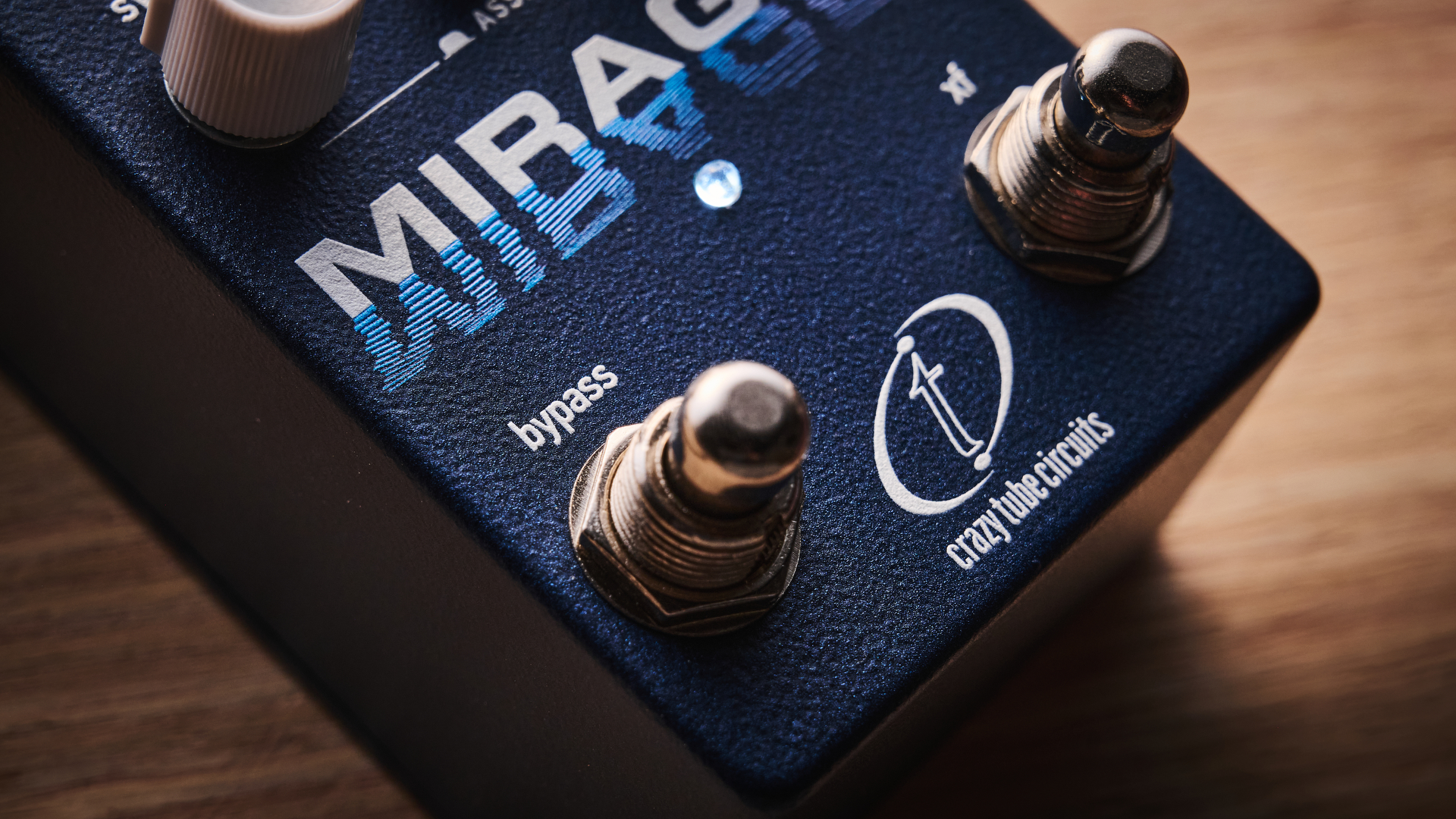
For me, the Mirage Jr quickly proves itself as a formidable contender in the world of reverb pedals, blending compact design with an impressive range of sonic textures. From lush, ambient soundscapes to invigorating room reflections, this little powerhouse affords guitarists the flexibility to explore a diverse array of effects, thanks to its 16 algorithmic options.
However, while the learning curve is generally manageable, the less-than-clear graphics on the main reverb knob could leave some players a bit puzzled when switching modes.
Despite this minor drawback, the overall tonal quality is impressive. Every reverb flavour shines, and the inspiration locked away inside this pedal is more than worth the price of admission.
MusicRadar verdict: This is an insanely powerful reverb pedal that is perfectly at home with guitar staples such as spring, room, hall, and cathedral, as it is with modern ‘verbs like shimmer, repeater, and infinite sustain. It’s more pedalboard-friendly compared to its big brother, and we’d argue more usable for the majority of guitarists.
Test | Results | Score |
|---|---|---|
Build quality | Top-notch build, exactly what we’d expect for the Geek pedal makers. | ★★★★★ |
Usability | For the most part, it’s a simple pedal to use, but the symbols could be clearer, and you’ll want to keep the manual handy for the first few jam session. | ★★★★☆ |
Sounds | A truly inspiring collection of sounds that is difficult to find fault with. | ★★★★★ |
Overall | There really isn’t a lot to dislike about this pedal. It’s well-made and sounds fantastic, but learning what all the symbols mean and what the Excite knob controls for each setting may take a bit of time. | ★★★★½ |
Also try
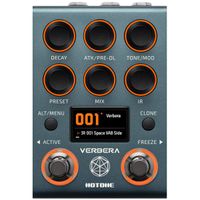
Hotone NC-200 Verbera
Price $299/£249/€299
Universal Audio UAFX Golden Reverberator
Price: $349/£335/€355
This mighty unit from UA includes nine onboard algorithms, including those based on classic Fender spring reverb tanks and the EMT 140 plate reverb.
Hands-on videos
Leon Todd
Let's Play All
TheGuitarGeek
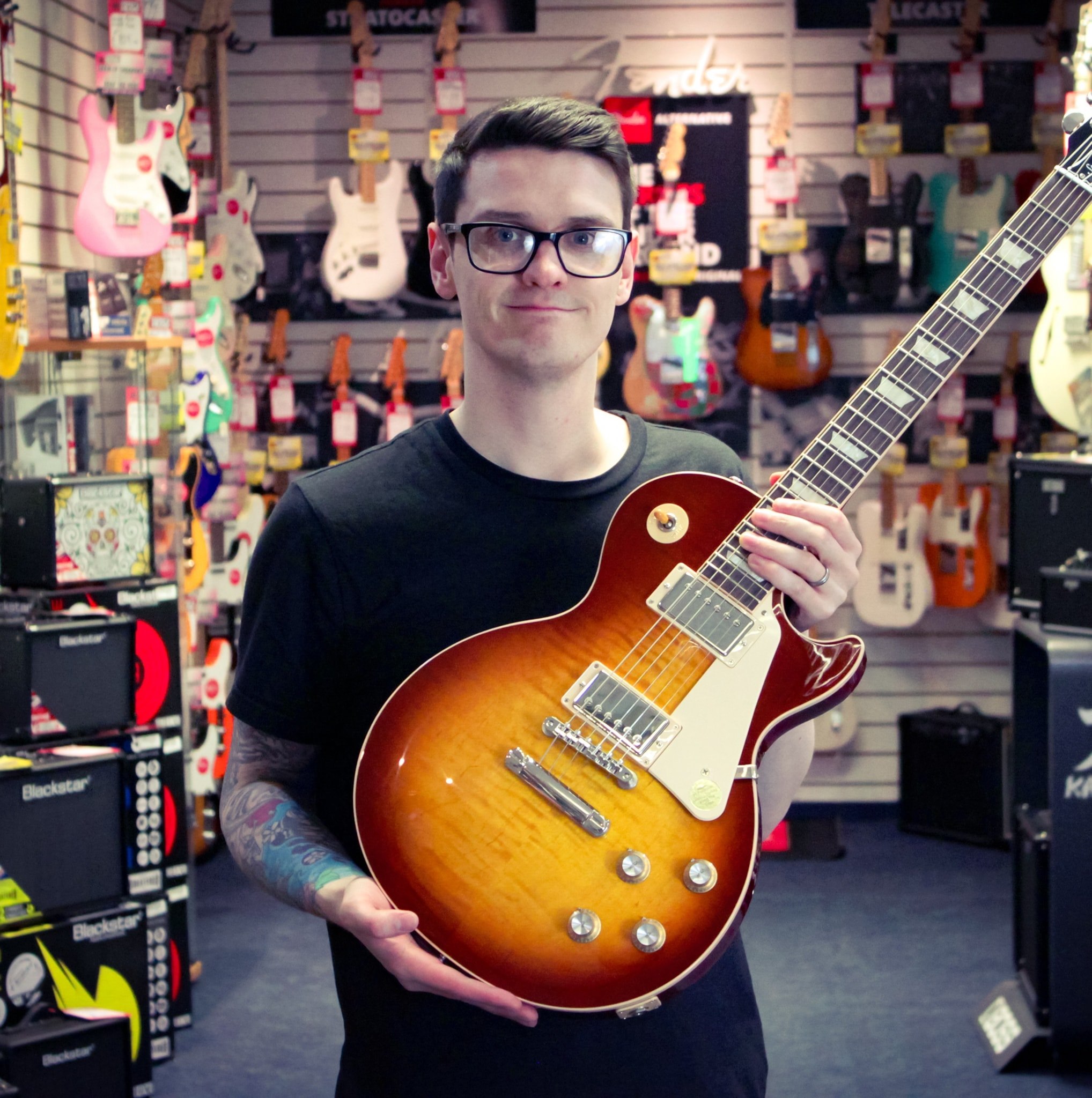
I'm a Senior Deals Writer at MusicRadar, and I'm responsible for writing and maintaining buyer's guides on the site. As part of my role, I also scour the internet for the best deals I can find on gear and get hands-on with the products for reviews. My gear reviews have been published in prominent publications, including Total Guitar, Guitarist, and Future Music, as well as Guitar World.com. I've also had the privilege of interviewing everyone from Slash to Yungblud, as well as members of Sum 41, Foo Fighters, The Offspring, and many more.
In a previous life, I worked in music retail, selling everything from digital pianos to electric guitars. I'm also a fully qualified sound engineer who holds a first-class Bachelor's degree in Creative Sound Production from the University of Abertay.
You must confirm your public display name before commenting
Please logout and then login again, you will then be prompted to enter your display name.

